Grapes are the fruits of plants from the Vitis genus, known as vines. On the botanical side, the grape belongs to the berry type of fruits. Grapes are small round or oval fruits with a semi-transparent, smooth skin. Some types of grape contain edible seeds, while others are seedless.
Grapes are characterized by spherical or oval berries that grow in piles and are called clusters. These piles can unite from 15 to 30 individual grape berries.
History of grapes
The grape had been cultivated for the first time in Asia as early as 5000 BC. It also plays an important role in many Bible stories that cite it as "the fruit of the vine."
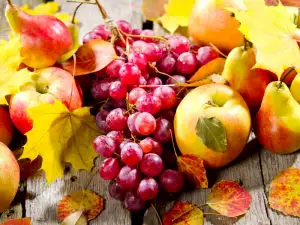
During the ancient Greek and Roman civilizations, grapes are revered because of their use for making wine and in the 2nd century, a vineyard was planted in the valley of the Rhine in Germany - a place of remarkable wine.
The first vineyard was planted in the U.S. in the early 17th century by Spanish missionaries in New Mexico. Subsequently, viticulture spread rapidly in the central valley of California, where the climate and the lack of insects that attack grapes produce very favorable conditions.
In the late 19th century, almost all grapes "vinifera" in France were destroyed by insects, inadvertently imported from North America. After the crossing of varieties of American survivors, it became possible to grow types of grapes in this region, known for its wine.

Currently, Italy, France, Spain, the United States, Mexico and Chile are among the largest producers of grapes for commercial purposes.
Composition of grapes
Grape is a fruit without fat, saturated fat, sodium and cholesterol. The chemical composition of grapes varies between varieties. It depends on the degree of maturity, soil and type of farming. Grapes are very nutritious fruit due to the sugar in them - from 13 to 24% sugar, and mostly dominated by glucose, followed by grape sugar and a small amount of fructose.
Grapes is an excellent source of manganese, vitamin B6, thiamin (vitamin B1), potassium and vitamin C. About 100 g of grapes contains 62 calories and 0.58 g protein.
Acid contained in grapes is from 4 to 7%. Grapes contain essential oils, tannin and resinous substances. It contains magnesium, silicon, calcium, arsenic and iodine. In grapes, there is some amount of vitamin C too.
Grapes contain beneficial compounds called flavonoids that are substances that give a deep purple color to grapes.

Selection and storage of grapes
It is recommended to choose grapes that have intense color, rounded and firmly attached to the cluster. One way to assess the sweetness of the grapes is color. Green grapes should have a slight yellowish hue, while red varieties are deep red, purple and blue-black varieties should also be with saturated colors. The best antioxidant is fully ripened grape.
It is not possible to keep grapes at room temperature as they quickly ferment. To store a few days, they should be put in fridge. Grapes can keep their taste up to 5 days in the refrigerator.
Grape ensembles which are consumed in fresh form or used in various recipes are called table grapes as opposed to wine grapes used for making wine or raisin varieties, used as dried fruit.
Although there are thousands of varieties of grapes, only about 20 of them are eaten. The color, size, taste and physical characteristics vary among varieties. Grapes have various colors including green, amber, red, blue, black and purple. It has a slightly crunchy texture and a sweet and sour taste.
European grape varieties include: Thompson (with seeds and amber-green), Emperor (with seeds and purple) and Champagne/Black Corinth (small in size and purple). European varieties have a skin, adhering to the inner texture.

North American grape varieties include: Concord (blue-black in color and larger in size), Delaware (pink-red) and Niagara (amber and less sweet). These varieties are with more easily detachable skin.
French hybrids - they were developed from "vinifera" grapes since the majority of grape varieties were destroyed in the 19th century.
Culinary use of grapes
In order to maximize the beneficial effects of the sweet fruit, consumption of just cut off and well washed grapes is recommended. Besides fresh consumption, it is used to make many desserts, juices and, to decorate salads. They combine wonderfully with cheese and blue cheese. Wine and brandy are prepared from grapes. There are many types of grapes, but those that contain more tannin are mainly used for the preparation of wine. These are called wine varieties.
Sweet and juicy varieties are those that are used in cooking. They retain their shape and when cooking, their skin does not break.
Red grapes are suitable for combination with meat. They do not need much cooking, it is enough to warm them up. Seeded varieties are more fragrant than those without. White grapes combine perfectly with fish, or seafood. They are also used in many pies.
Benefits of grapes
Phytochemicals contained in grapes are antioxidant compounds that help reduce the risk of heart disease. Rezveratrol protects the heart muscle and keeps it supple and healthy. It also reduces the risk of disease, Alzheimer's disease and aging can be helped too. The role of saponin is also related to supporting heart health. In addition to resveratrol and saponins, grapes contain yet another compound called pterostilbene - a powerful antioxidant that is known to protect against cancer and helps lower cholesterol.

The rich mixture of fitosaedine contained in grapes, makes them extremely useful and has numerous protective effects associated with cholesterol metabolism, oxidative stress (free radicals) and inflammation.
Vitamins contained in grapes enhance the nervous system and increase vision. Regular intake of grapes reduces the risk of clots in the blood. Helps with migraines, regulates the activity of the gastrointestinal system, improves digestion. Red grapes have strong antibacterial and antiviral properties, protects against infections.
Wine offers protection for people with high blood pressure and hypertensive patients. Moderate, regular wine drinking reduces the risk of death due to various reasons, not just coronary artery disease. Red wine gives protection against lung cancer.
Grapes and their seeds contain compounds called procyanidin B, which helps against breast cancer.
Dangers from grapes
Eating grapes can cause flatulence and diarrhea in the gastrointestinal tract. It is recommended to eat no skins, especially in people who suffer from ulcers, diseases of the intestine, kidney, urinary and genital tract. Grapes is contraindicated in people suffering from diabetes mellitus.
Beauty with grapes
Use of the juice of the grape flesh and oil seeds is known since ancient times. Grapes contain many nutrients, causing their ever increasing amount of publicity as cosmetics. It contains a number of creams, masks and scrubs.
Every woman can make a regenerating mask for a party at home. You only need to remove the skin and seeds of the fruit, and then use the flesh of grapes on the face. Leave for 15 minutes and wash.
For skin that has lost its elasticity, mix a few grapes, make a mix with 2 teaspoons of yogurt, a teaspoon of honey and lemon juice. Apply to face and allow to act for 20 minutes.

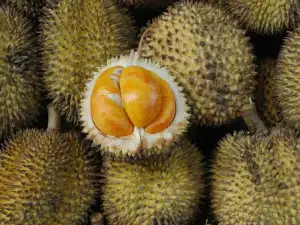

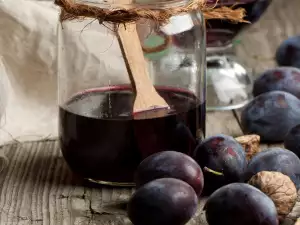
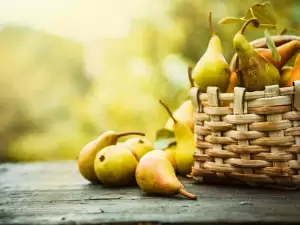
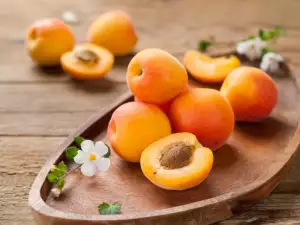

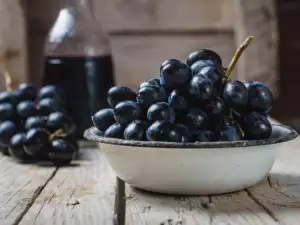
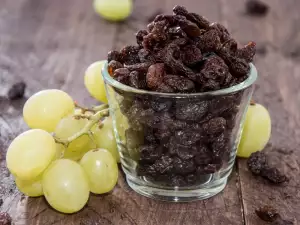

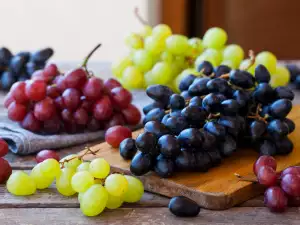








Comments